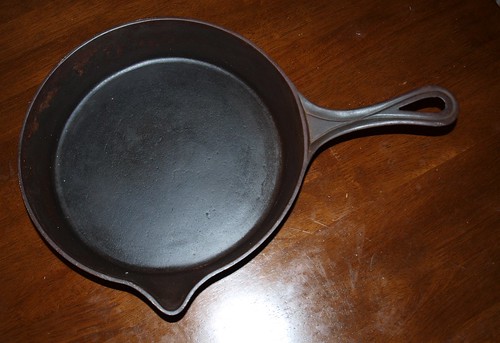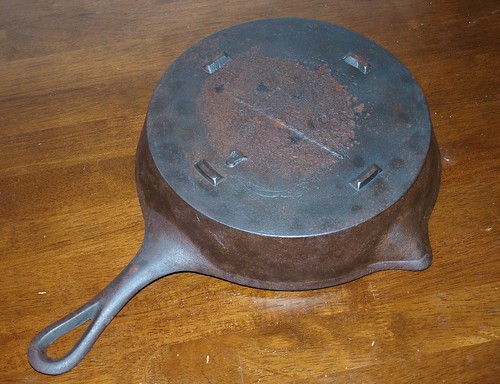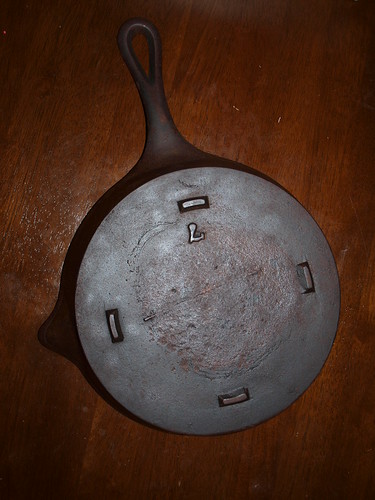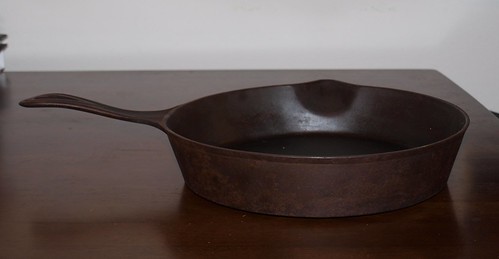Amanda Braun
New member




Hi everyone,
I just acquired my very first cast iron skillets. They came as an unmatched pair, and while I can identify one, the other is unmarked aside from a number 7 on the bottom, and I haven't been able to find anything about it online. It needs to be restored a bit, but that should be a fun project. Can anyone give me any leads on what the company and date are based on the pictures I've posted? Thanks so much!
